ASTANA — Since the establishment of the Ulytau, Abai and Zhetysu regions in 2022, on the initiative of Kazakh President Kassym-Jomart Tokayev, significant administrative and structural developments have occurred. The regions have witnessed improvements in the economy, investment profiles, infrastructure, agriculture, sports, culture, and education, according to an analytical article in Kazinfrom.
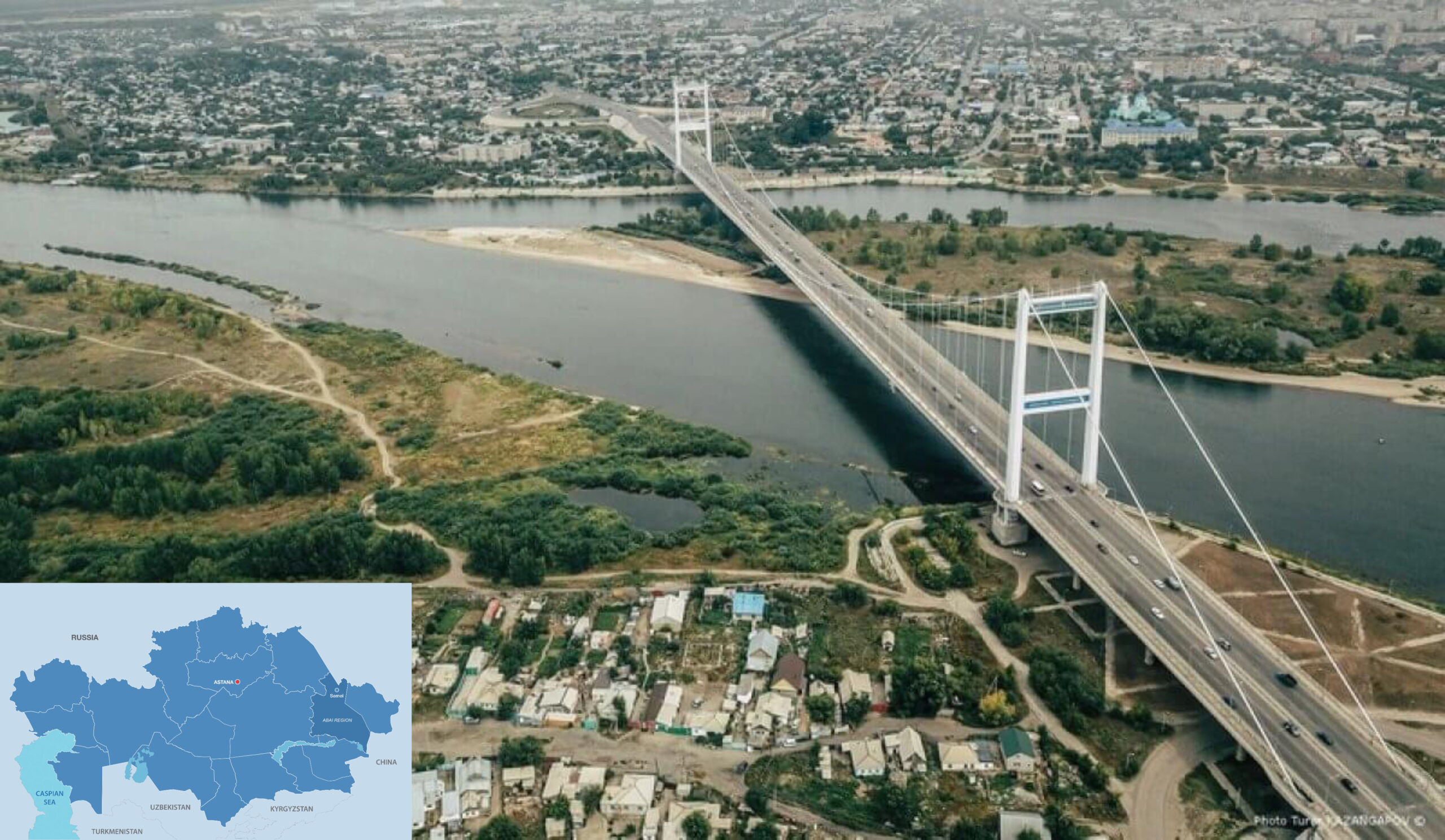
Semey. Photo credit: Turar Kazangapov Click to see the map in full size. The map is designed by The Astana Times.
The Abai Region
According to the Abai Region akimat’s (city administration) press service, the region’s economy has increased by 25%, with the gross regional product rising from 2.4 trillion tenge ($5 billion) to 3 trillion tenge ($6.4 billion). In 2023, the volume of industrial production increased 1.3 times.
Since 2022, 3,600 small and medium-sized businesses (SMEs) have opened in the region, bringing the total to over 53,200 units and employing 105,100 people. In 2023, SMEs produced products and provided services worth 1.11 trillion tenge ($2.4 billion), a 37% increase from 2022.

Photo credit: the press service of the akimat of the Abai region
Approximately one trillion tenge ($2.1 billion) of investments have been attracted to the region’s economy, with 67.1% being private investments. Four investment projects worth 22.3 billion tenge ($47 million) have been implemented. This year, 12 more investment projects worth 26.8 billion tenge ($56.4 million) are planned, potentially creating 470 jobs.
A project to construct the Bakhty-Ayagoz railway, worth 577.5 billion tenge ($1.2 billion), has been launched to increase the transport and transit potential. It is projected to create 1,700 jobs and reserve 2,000 hectares of land for construction.
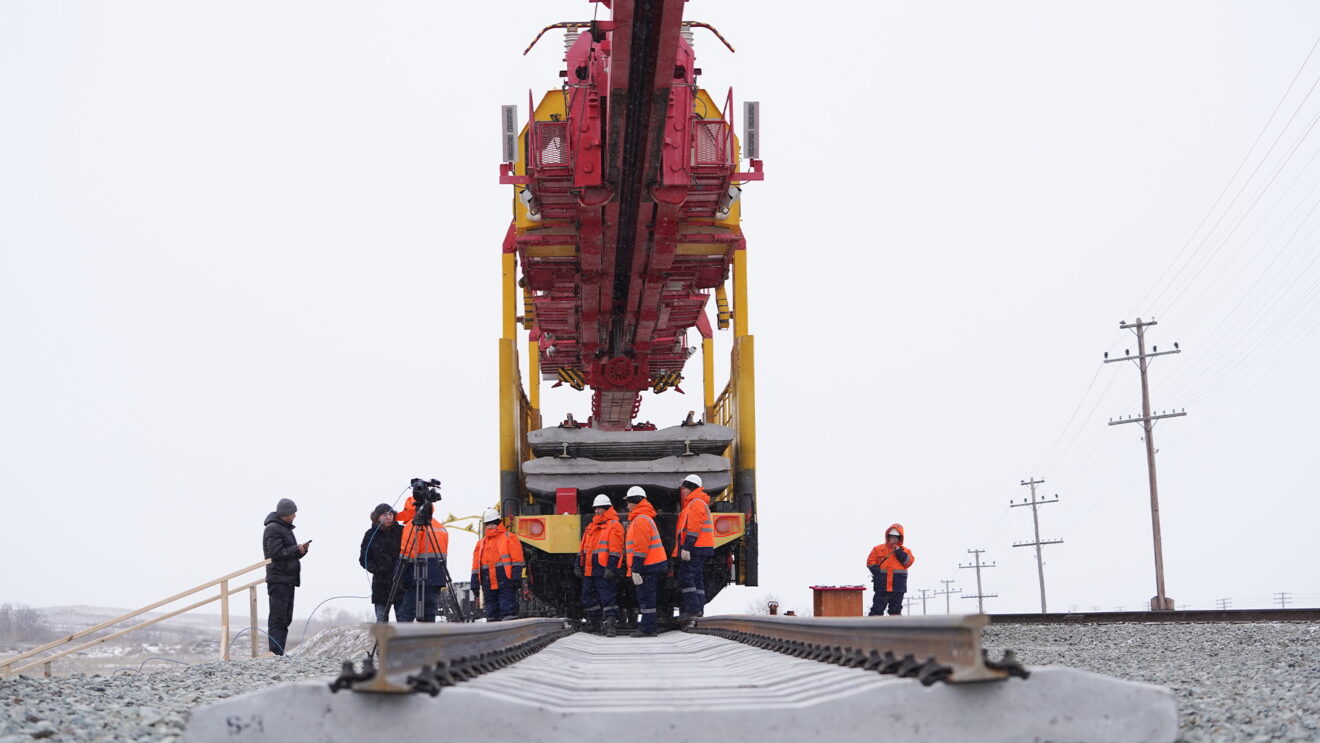
Тhe Bakhty-Ayagoz railway line, spanning 272 kilometers in the Abai Region, to boost freight turnover between Kazakhstan and China to 20 million tons. Photo credit: Prime Minister’s press service
In 2023, 35 billion tenge ($74 million) was allocated to develop rural areas. The funding facilitated the repair of 213 kilometers of roads, modernization of 87 kilometers of street lighting, installation of water supply networks in 11 villages, and construction of two sports facilities, a house of culture, and repairs in social facilities.
Six sports facilities were introduced, and nine more, worth 1.5 billion tenge ($3.2 million), are being built with budgetary funds.
The Zhetisu Region
In 2023, the region’s short-term economic indicator showed a growth of 117.4%, with positive increases in industrial production, agriculture, trade, and construction. Approximately 350.8 billion tenge ($740 million) of investments were attracted, marking a 15.4% increase.
This year, the gross regional product is projected to grow by 3.4%, and gross agricultural output is expected to reach 514.4 billion tenge ($1.1 billion), with an increase of 1.1%. About 375.4 billion tenge ($790 million) of investments will be attracted, and 349.3 thousand square meters of housing will be commissioned.
By the end of 2023, the number of large and small cattle and horses increased by an average of 11%. Consequently, the volume of meat and milk production increased by 1.6%.
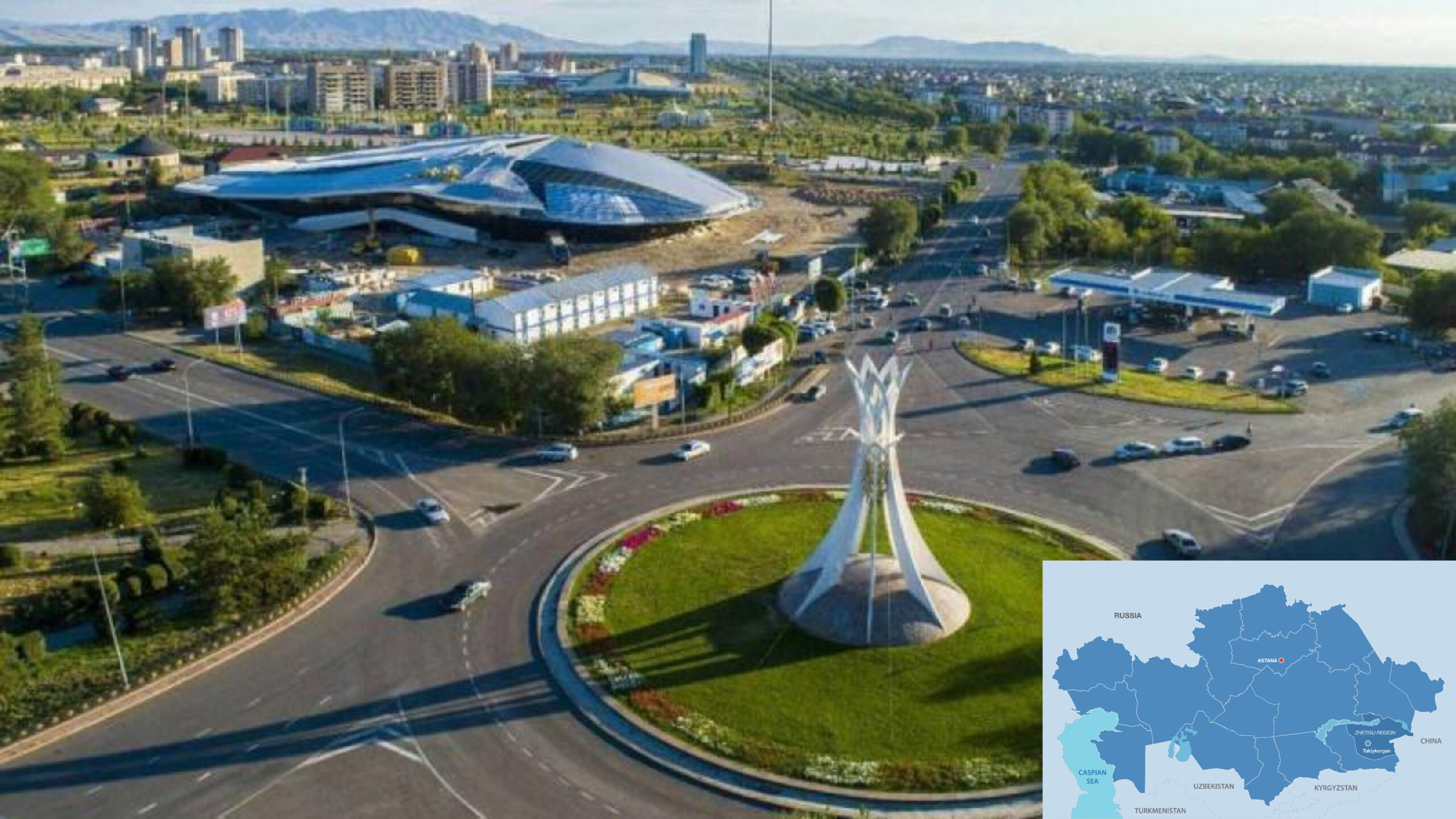
Taldykorgan. Photo credit: presseconomy. Click to see the map in full size. The map is designed by The Astana Times.
This year, 13 projects worth 13.1 billion tenge ($28 million) are planned, creating 135 jobs. These include opening a dairy shop worth 4.5 million tenge ($ 9,500) with a capacity of 100 tons per year and implementing a project to introduce water-saving technologies of Smart Agro 2024 worth two million tenge ($4,200) on an area of 667 hectares.
To develop the agro-industrial complex by 2026, it is planned to implement 31 investment projects worth 33.2 billion tenge ($70 million), creating 379 new jobs.
These investment projects include the expansion of the oilseed processing enterprise Taldykorgan Oil Extraction Plant, which will cost 4.3 billion tenge ($9 million) and have a capacity of 51.7 thousand tons of vegetable oil per year, and the household pottery production enterprise Kyzylshoky, which will cost 700 million tenge ($1.5 million) and have a capacity of 500 hectares.
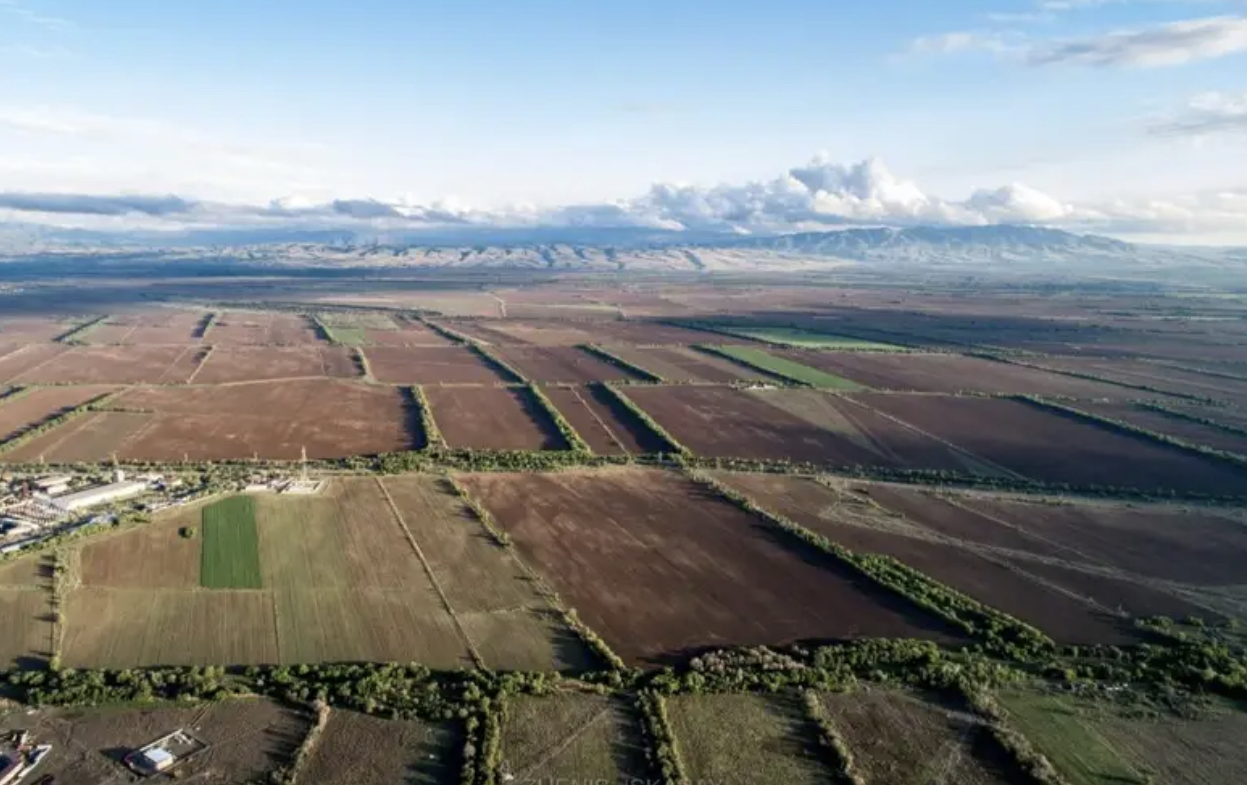
Photo credit: the press service of the Zhetysu region
The region is creating favorable conditions for investors. An investment portfolio covering the period between 2023 and 2030 has been formed. It contains 169 projects worth 3.1 trillion tenge ($6.5 billion), creating 11,000 jobs.
In 2023, the number of SMEs reached 58,900. Revenues to the regional budget reached 478.9 billion tenge ($1 billion), including revenues of 75.8 billion tenge ($160 million) and inter-budget transfers of 387.6 billion tenge ($816 million). The regional budget for 2024 was approved at 506.6 billion tenge ($1.07 billion), including revenues of 83.1 billion tenge ($175 million) and inter-budget transfers of 408.3 billion tenge ($860 million).
The construction and road repairs required an allocation of 35.5 billion tenge ($75 million), including 198 kilometers of roads of regional significance and intra-village streets of 80 settlements. In 2024, it is planned to repair 232 kilometers of roads of regional significance and the internal streets of 55 settlements, worth 37.2 billion tenge ($78.2 million).
The Asar sports and rehabilitation complex for children with autism and other mental development disorders opened in the city of Taldykorgan with the help of the Kamkorlyk Foundation.
Additionally, 2.8 billion tenge ($5.9 million) was allocated to construct five cultural facilities. Repairs to ten existing facilities worth 2.3 billion tenge ($4.9 million) are underway, including the overhaul of three Houses of Culture with a capacity of 800 seats.
The Ulytau Region
Over the past two years, investments have been attracted for several key projects, including the construction of a wholesale distribution center in Zhezkazgan, a pilot plant for hydrometallurgical processing of rough copper concentrates, a ceramic brick plant, a livestock complex for 10,000 head of cattle with a slaughterhouse, and refrigerated warehouses. Additionally, 69 SMEs have been opened.
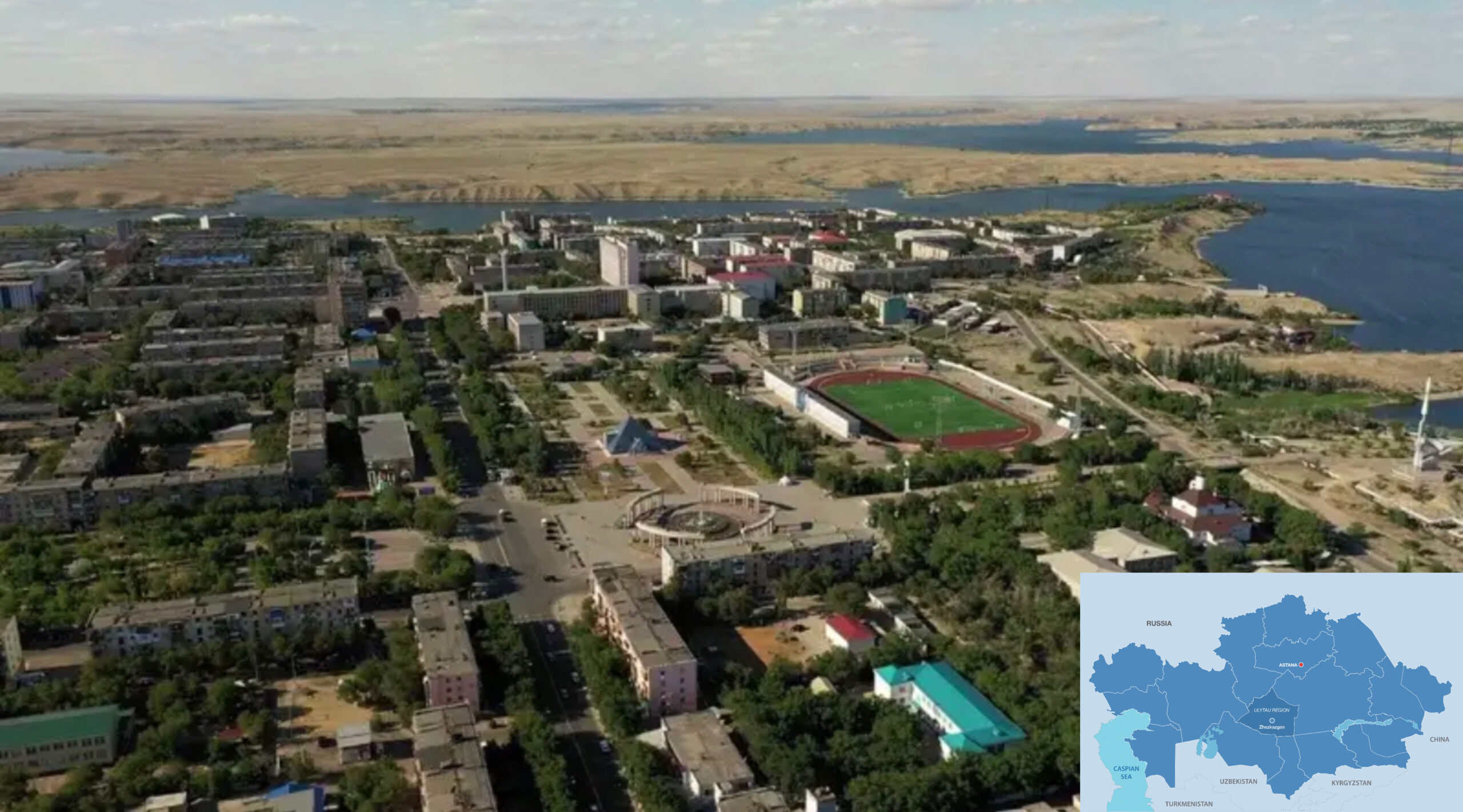
Zhezkazgan. Photo credit: Akorda Click to see the map in full size. The map is designed by The Astana Times.
An investment project is also underway to construct a slaughterhouse and produce canned meat products in the Zhanaarkinsky district. The commissioning date is scheduled for August this year.
Two private kindergartens with 180 state-ordered places, a methodological center, a center for identifying and supporting gifted children and talented youth (Ulytau Daryny), and a support center for children with autism spectrum disorders have been opened.
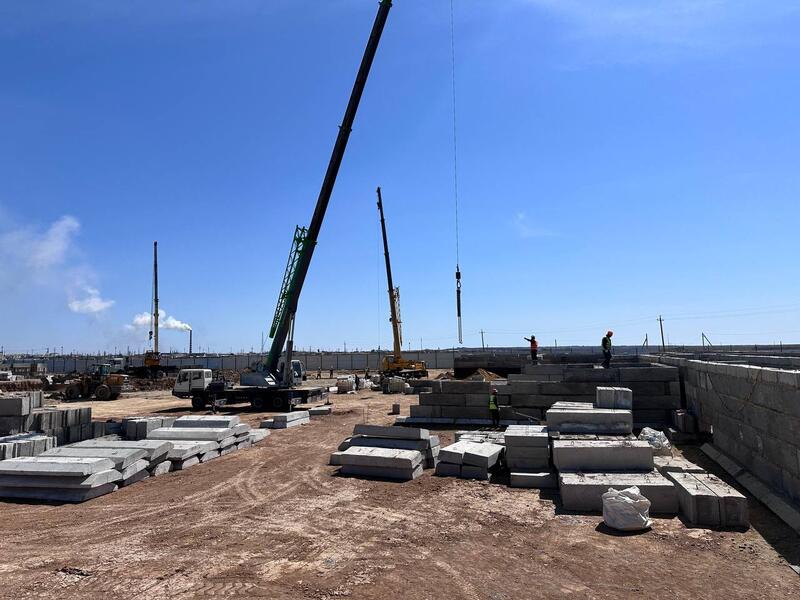
A modern 300-seat school, being built as part of a national project, should be put into operation this year. Photo credit: gurk.kz
Eleven inclusion support offices were purchased with regional budget funds totaling 99.7 million tenge ($210,000). Additionally, 73 educational facilities worth 3.3 billion tenge ($7 million) and 106.2 kilometers of highways have been repaired.
In the housing and communal services sector, the reconstruction and modernization of the Zhezkazgan heating networks are underway, along with the construction of automated gas distribution stations, water supply networks, and the installation of integrated water purification modules in six rural settlements.
The article was originally published in Kazinform.


